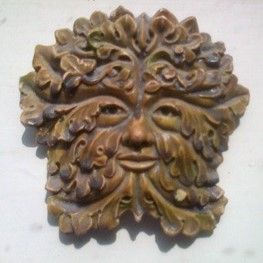
What is it to be human? Is it possible to consider the world through a non-human lens? How do the works of Shakespeare represent human and non-human ways of being in the world?
In addressing these questions, this class will teach you about some of the intellectual, scientific, colonial, and theological investments of the early modern period associated with the rise of humanism, and demonstrate how they connect with Shakespeare’s work and with central post-renaissance notions of “the human”. But this class is not limited to discussions of the human experience—you will also be exploring the places in Shakespeare’s work where the boundaries of the human become less obvious and where the vitality of objects, animals, environments, and other non-human entities take the spotlight. Ultimately, you will develop opinions about what is and what is not proper to human experience—a critical and scholarly exercise that, in some ways, is not unlike the project embarked upon by Shakespeare and his contemporaries.
Readings
• Titus Adronicus
• Taming of the Shrew
• King Lear
• Venus and Adonis
• Midsummer Night’s Dream
• Merchant of Venice
Assessment
• Reading Quizzes 10%
• In-Class Close Reading Assignment 15%
• Essay/Creative Response 35%
• Final Exam 40%
